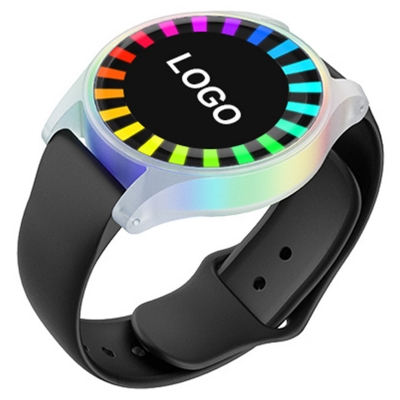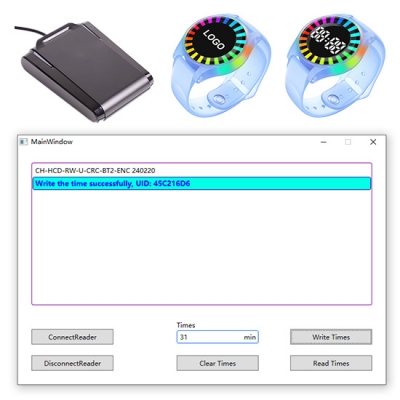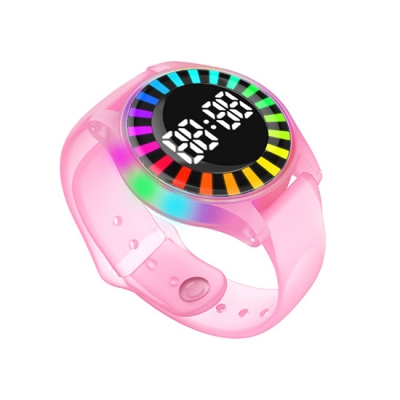The Internet of Things is a network of connected devices that can communicate and share data, enabling real-time monitoring, automation, and smart decision-making. RFID, a wireless technology that uses electromagnetic fields to identify and track objects, paves the way for seamless data collection and management. The convergence of IoT and RFID promises to bring unprecedented efficiency and innovation to a wide range of industries.
Applications of IoT and RFID Integration
Supply Chain and Logistics
The combination of IoT and RFID has revolutionized supply chain management, enabling real-time tracking of goods and assets. RFID tags attached to products, pallets, or containers provide precise location data. IoT devices transmit this information to centralized systems, allowing companies to monitor inventory levels, optimize routes, and reduce losses due to theft or misplacement.
For example, "UHF RFID Inventory Tracking Tags" can be read from any direction, enabling more frequent updates and scans of item locations, helping to improve visibility in warehouses and distribution centers.
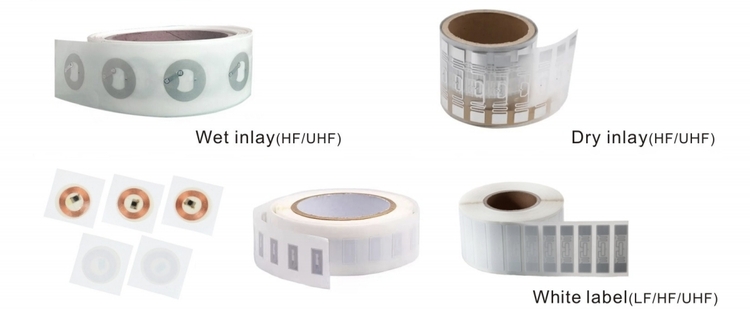
Smart Manufacturing
In the manufacturing industry, the convergence of the Internet of Things (IoT) and RFID is driving the creation of smart factories. RFID tags embedded in raw materials, components, and finished products enable real-time tracking. IoT sensors can monitor equipment performance, detect anomalies, and trigger maintenance alerts to ensure smooth production processes.
The application of "Alien H3 UHF RFID Tags" in apparel inventory management exemplifies this convergence. By continuously updating and adding RFID products, manufacturers can maintain optimal inventory levels and improve operational efficiency.
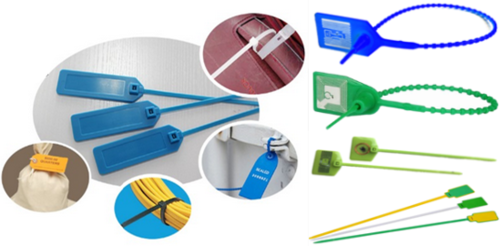
Healthcare
RFID tags are used to track medical devices, drugs, and medical records, ensuring accurate and timely access to critical information. For example, the "RFID Disposable Patient Identification Wristband" uses thermal printing technology to clearly print important information, thereby enhancing patient management and safety.
IoT devices such as wearable health monitors can collect patient data and transmit it to healthcare providers, enabling remote monitoring and personalized care. This integration ensures that healthcare professionals have access to real-time information to improve patient treatment outcomes and increase operational efficiency.
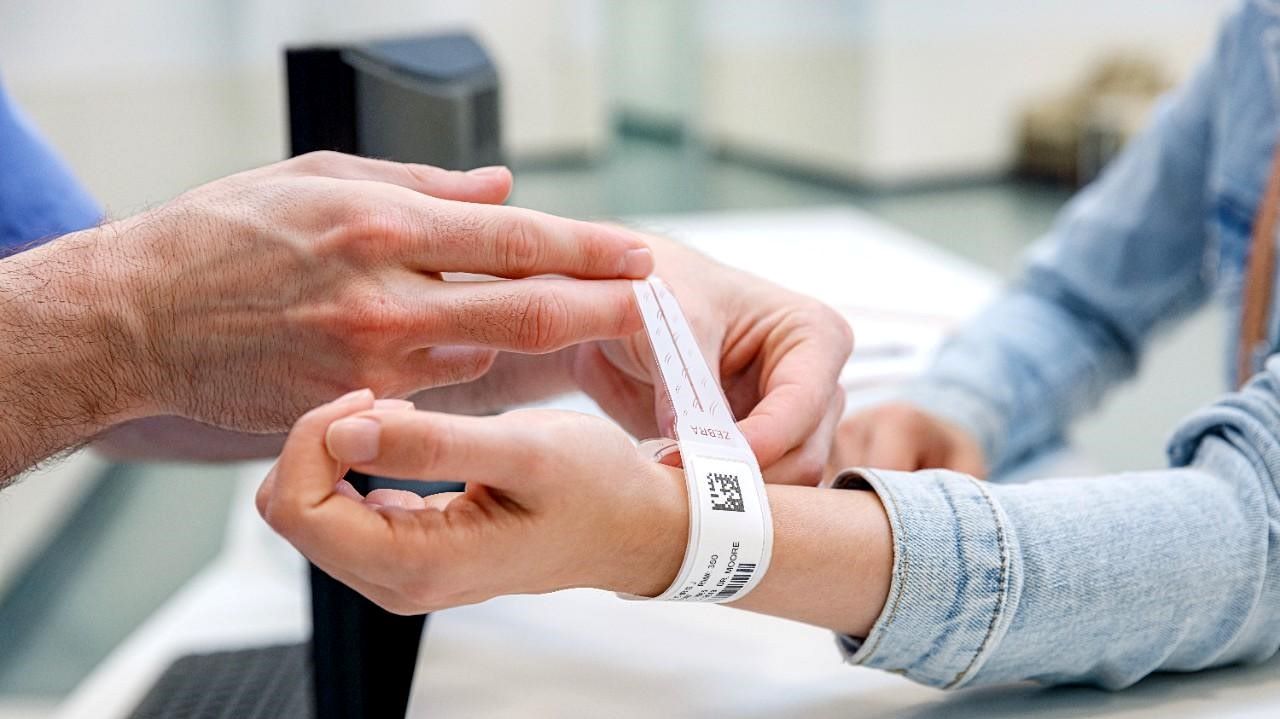
Retail
In the retail sector, the Internet of Things (IoT) and RFID technology are revolutionizing the shopping experience. RFID tags on products automate inventory management, reducing out-of-stocks and excess inventory. IoT devices such as smart shelves and beacons provide real-time data on customer behavior and preferences.
Smart Cities
The convergence of the Internet of Things (IoT) and RFID plays a vital role in the development of smart cities. RFID-enabled sensors monitor traffic, waste management, and energy consumption, while IoT devices transmit this data to city management systems, enabling efficient resource allocation, reducing environmental impact, and improving the quality of life for residents.
Challenges and Solutions
Interoperability Issues
The diversity of IoT devices and RFID systems often leads to interoperability challenges. Standardization of communication protocols and data formats is essential to ensure seamless integration and data exchange. Organizations must work together to establish common standards to facilitate interoperability between different platforms and devices.
Cost and Scalability
The cost of implementing an Internet of Things (IoT) and RFID system can be high, especially for small and medium-sized businesses. However, long-term benefits, such as increased efficiency and reduced operating costs, often outweigh the initial investment. Companies can start with pilot projects to prove the value of these technologies before scaling up their implementation.
Data Management
The massive amounts of data generated by IoT and RFID systems can overwhelm traditional data management infrastructure. Advanced data analytics, cloud computing, and edge computing technologies are essential to efficiently process, store, and analyze this data. Companies must invest in strong data management solutions to realize the full potential of IoT and RFID technologies.
Future Outlook
The convergence of IoT and RFID is expected to drive innovation across industries in the coming years. Emerging trends such as 5G connectivity, artificial intelligence, and blockchain will further enhance the capabilities of these technologies.
Blockchain technology can enhance data security and transparency in IoT and RFID systems, ensuring data integrity across the supply chain. Companies that embrace the convergence of IoT and RFID will be better positioned to seize new opportunities and remain competitive in the market.











